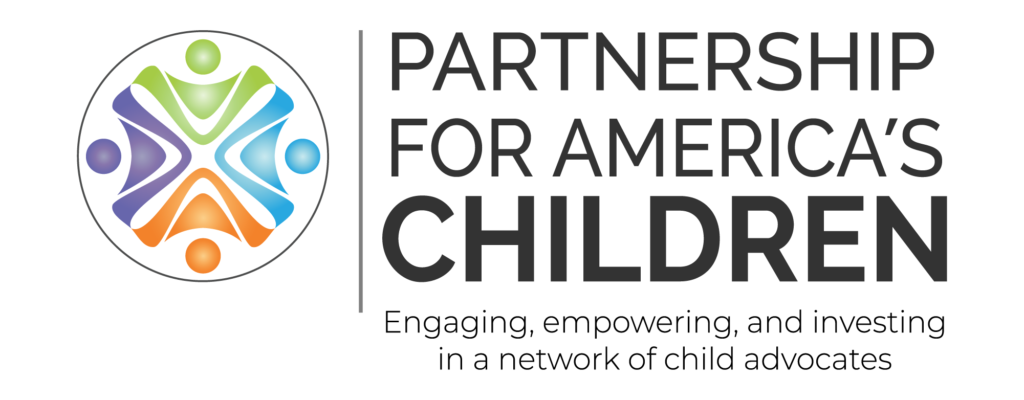Photo by Jomjakkapat Parrueng on Unsplash
This blog is the second in a two-part series on Public Policy for Economic Mobility.
Around the nation, families are grappling with rising costs of big-ticket items like housing, child care, and college tuition. Vital, yet, chronically underfunded direct cash assistance programs like TANF have lost buying power in the face of record-setting rents and high grocery bills.
New strategies are emerging to provide longer-term relief. Those include programs that help families boost long-term savings for their children’s futures, such as baby bonds and children’s savings accounts, as well as guaranteed basic income programs that provide families with monthly support. (See also our recent blog on successful state campaigns for Child Tax Credits and Earned Income Tax Credits).
Baby Bonds represent long-term investments in kids’ futures
Connecticut is leading the nation in successfully enacting baby bonds legislation. Partnership member Connecticut Voices for Children and other partners successfully advocated in 2023 for a new baby bonds program, the Connecticut Baby Bonds Trust. Starting July 1 of this year, all babies covered by the state’s health care program, Husky, will receive a $3,200 investment in a CT Baby Bond trust. Once those children reach age 18, the funds become accessible to them for various purposes such as:
- Purchasing a home;
- Funding college education;
- Starting a business;
- And more.
The state treasurer’s office estimates that by the time those newborns are adults, their Baby Bonds will grow to a range between $11,000 and $24,000, depending on when participants choose to make use of their funds.
“The benefit of investing in a child with a baby bond is that it gives families agency on how to use those resources as well as seeds wealth creation,” says Emily Byrne, Executive Director at Connecticut Voices for Children. “It’s an equitable and inclusive policy solution that can end cycles of generational poverty, and it also shows to people how the government can be a force for good.”
Legislators in Vermont introduced a baby bonds pilot as part of H.55, a larger economic security package that includes unpaid leave and other priorities supported by Voices for Vermont’s Children. The bill was enacted, but unfortunately, without an appropriation. The Treasurer is planning to seek funding and attempt to pilot it with foster youth in the area of the state with the highest poverty rates. Legislation to enact baby bonds was also introduced in 2024 in Maryland, New Mexico, Rhode Island, and Washington. Legislation to study the feasibility of baby bonds programs was introduced in Colorado, Georgia, and Hawai’i this year. Louisiana and Missouri are currently conducting baby bond feasibility studies.
Dive in: Check out this great compendium of state resources on Baby Bonds programs from the New School’s Institute on Race, Power, and Political Economy.
Basic income programs boost participants’ long-term financial health
The Children’s Alliance in Washington is among the advocacy groups pushing for baby bonds in their state, as well as for guaranteed basic income programs that return impressive long-term results.
In Washington state, legislators have introduced a bill to establish the Evergreen Basic Income Pilot Program. The two-year pilot would provide 24 monthly payments to up to 7,500 qualifying participants in an amount equal to 100 percent of the fair market rent for a two-bedroom dwelling unit in the county where a participant resides. The pilot was recommended after a legislatively mandated Poverty Reduction Work Group studied the feasibility of implementing a basic income pilot program in the state.
Watch: Children’s Alliance Executive Director Dr. Stephan Blanford testified in support of the Evergreen Basic Income Pilot in the Senate Human Services Committee (starting at 1:25:50).
While the statewide pilot did not pass during Washington’s 2024 legislative session, smaller-scale pilot programs have returned impressive results. For example, in 2022 a basic income pilot program in Seattle provided low-income residents with $500 per month. Employment rates doubled among participants in the program, and measures of financial instability dropped dramatically (read the pilot program’s evaluation report here).
Winning advice from Connecticut
When advocating for economic justice programs, equity and inclusivity are key to developing a message that will resonate, says Nick Teeling at Connecticut Voices for Children. “Start with racial equity and be inclusive of the struggles the low-and middle-income children and families are facing. However, using the data to uplift communities is essential. It’s not so much that families are economically struggling—of course, the data tell us this to be true—but that supporting them will, in turn, benefit everyone and our state overall.”
The team at Connecticut Voices for Children also encouraged child advocates to be patient in building a legislative campaign, whether that means working with tight budget realities or building up legislative champions—systems change takes time. As executive director Emily Byrne likes to say, “As researchers and advocates, we need to be impatient about injustice but patient about strategy.”
Many thanks to Patrick O’Brien, Nick Teeling, and Emily Byrne at Connecticut Voices for Children, for their contributions to this blog.

